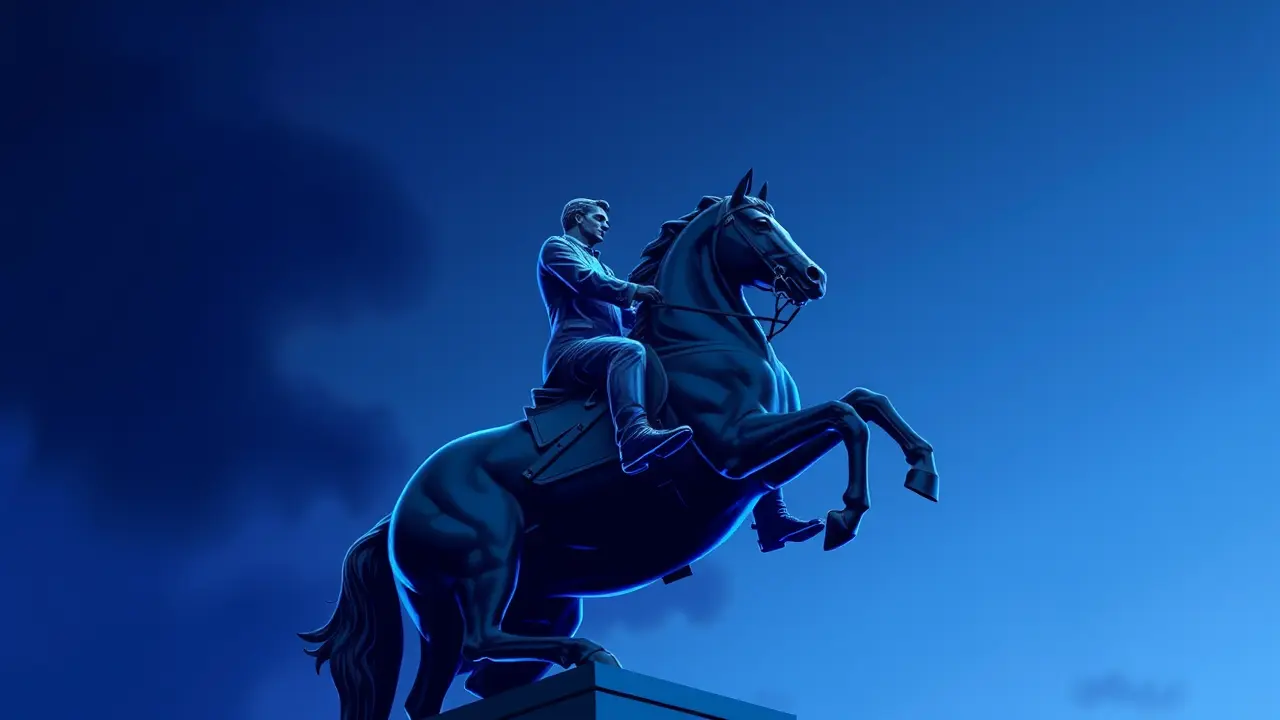
Politicscourts & investigations
Art Exhibition Reckons With Confederate Monuments And History
AN
Anna Wright
22 hours ago7 min read2 comments
In a cultural moment defined by a fierce and necessary grappling with national identity, a new exhibition featuring decommissioned Confederate statues is forcing a profound and public reckoning with American history, standing in stark opposition to the political forces, notably embodied by Donald Trump, that seek to sanitize and stall this very process. This is not merely an art show; it is a battleground where bronze and marble become the focal points for a national conversation about memory, power, and the stories we choose to valorize.The statues themselves, once looming ominously in town squares and capitols as unambiguous symbols of white supremacy and a lost cause mythology, have been physically removed from their pedestals. Their new placement within the curated, critical space of a gallery is a powerful act of re-contextualization.It forces viewers to see them not as honored monuments, but as artifacts of a contested past, as instruments of a political project that, for generations, sought to rewrite the narrative of the Civil War and cement racial hierarchies long after the surrender at Appomattox. This exhibition arrives at a critical juncture, a direct counterpoint to the rhetoric of figures like Trump, who has consistently framed the removal of such monuments as an erasure of history and a disrespect to heritage—a narrative that deliberately conflates the act of critical examination with the act of forgetting.In truth, this artistic intervention does the exact opposite of erasing; it demands we remember more completely, more honestly. It asks us to confront the uncomfortable reality that these figures were often erected not in the immediate aftermath of the war, but during the Jim Crow era and the Civil Rights Movement, as explicit tools of intimidation and a reassertion of white dominance.The curatorial choices are inherently feminist and social-policy-minded, focusing not on the grandiose narratives of generals but on the human cost, the silenced voices, and the systemic impact of the ideologies these monuments represent. One can imagine the exhibit not just displaying a statue of Robert E.Lee, but surrounding it with the testimonies of descendants of the enslaved, data on contemporary racial disparities in housing and justice, and photographs of the Black communities who lived for decades in the shadow of these stone sentinels of oppression. It shifts the gaze from the powerful man on the horse to the people whose lives his legacy continues to shape.This is a deeply empathetic approach, one that understands that history is not a collection of inert facts but a living, breathing force that informs our present-day policies, our social structures, and our very understanding of citizenship. The personal impact of these symbols is laid bare, moving the discourse from abstract debates about history into the tangible realm of human experience and suffering.The exhibition, therefore, becomes a form of public policy critique, challenging the official narratives that have been cast in bronze and demanding a more inclusive, more truthful accounting of who we are and who we have been. It is a courageous act of social leadership, using the power of art and curation to do what so many of our political institutions have failed to do: hold a mirror up to a fractured nation and insist that it look, truly look, at the reflection.
#Confederate monuments
#art exhibition
#American history
#decommissioned statues
#Donald Trump
#cultural reckoning
#editorial picks news
Stay Informed. Act Smarter.
Get weekly highlights, major headlines, and expert insights — then put your knowledge to work in our live prediction markets.
© 2025 Outpoll Service LTD. All rights reserved.